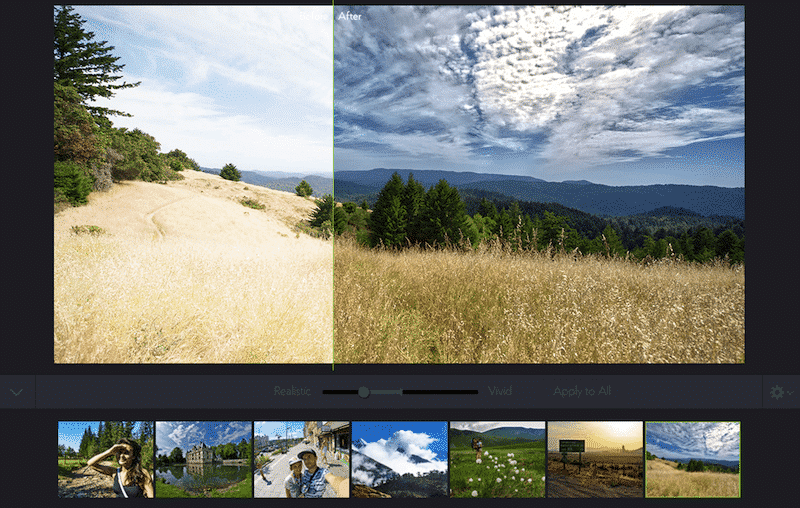How to get the best photo quality out of your photo editing softwareGeneral Rules to FollowCrop Your ImagesHave Some Structured FunMost Images Aren’t Worth KeepingThings to AvoidNice Applications, Great ToolsPhotolemurConclusion
General Rules to Follow
Forgot the complicated image editing techniques, at least in the beginning. Instead, remember the following:
Crop Your Images
Determine the focus of your photograph and use cropping to remove objects and persons in the background. By doing so, you can improve the overall composition of the image. Best of all, cropping takes just a few seconds, regardless of the application you choose to use.
Have Some Structured Fun
Most post-processing image software comes with a one-click picture enhancement tool. Though the process itself varies by application, each makes adjustments to the color and light of your photo automatically. These enhancement tools are a nice starting point for amateur photographers because they save time and don’t involve using complicated or confusing controls. Today’s most popular image software titles also include filtering tools. While there is nothing wrong with testing the many filters available, don’t go overboard. Your goal is to improve the photograph.
Most Images Aren’t Worth Keeping
Storage on mobile devices continues to grow with each passing year, meaning you can now snap and store thousands of photographs fairly quickly. Let’s be honest, though. Not every image is worth keeping — even with editing. Therefore it’s wise to delete unnecessary photographs from your library on a regular basis. By doing so, you can improve the quality of the items in your library and also decrease its size.
Things to Avoid
Even the most basic imaging software allows you to change photo saturation, which is the colorfulness of a color relative to its brightness. Professional photographers like to modify this to suit their needs. Those just beginning to dabble in photography should avoid it. You should also avoid adding post-process frames to your images. Most of these are gimmicky, at best. If you must do so, stick with basic frames such as thin black or white lines.
Nice Applications, Great Tools
The following image-editing applications are worth considering: Apple’s native Photos for Mac application offers an excellent starting point for amateur photographers. With Photos for Mac, you can view your images and videos across multiple devices, including iOS, macOS, and iCloud.com. To edit a picture in Photos for Mac, double-click on it and hit the “Edit button.” Tools include Enhance, Rotate, Crop, Filters, Adjust, Retouch, Red-eye, and Markup. Creative Kit is another product worth considering. It features six different photo-editing applications in one. These include Intensify, Tonality, Snapheal, FX Photo Studio, Focus, and Noiseless. Each allows you to edit your photographs using easy-to-follow presets. You should also take a look at Adobe Photoshop Elements 14, Polar Photo Editor, and Artistry Photo Pro. Each is highly-rated on the Mac App Store.
Photolemur
Rather take a no-nonsense approach to photos enhancement? Consider Photolemur. The Mac-based application uses a unique algorithm to enhance photographs in a few easy steps and without the need of complicated controls.
Called a smart intelligent photography assistant, Photolemur looks at various factors when analyzing an image. In doing so, it automatically makes the necessary corrections and adjustments. Tools include noise reduction, natural light correction, color recovery, and more.
Conclusion
You don’t have to be a professional photographer to take great pictures. Follow some simple rules and use the software you can trust to make your everyday images into personal masterpieces.
